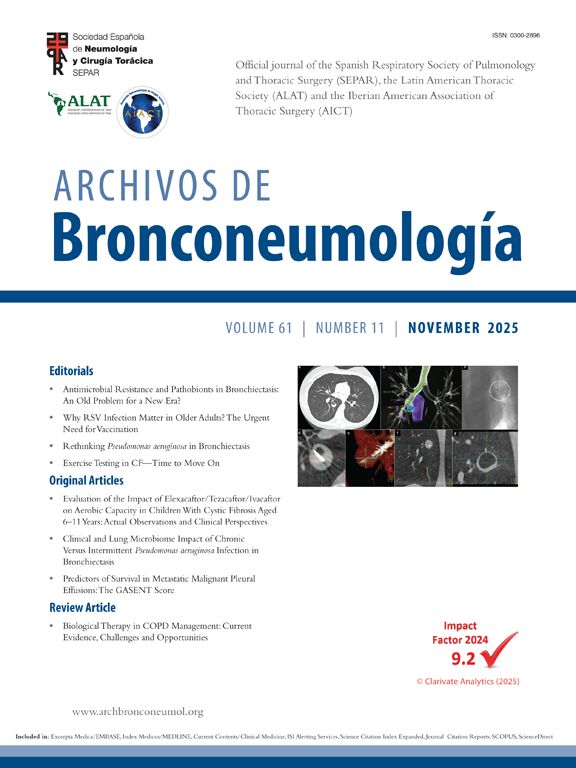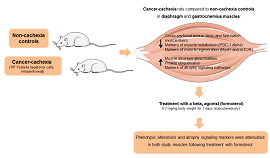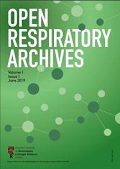A 30-year-old male was admitted with a 19-day history of nonproductive cough. No cutaneous abnormalities were observed on physical examination. Laboratory investigations including complete blood count and tumor markers were unremarkable. Pulmonary function testing demonstrated preserved ventilatory capacity (94% reserve) with reduced maximal expiratory flow at 25% of vital capacity (MEF25%). Computed tomography of the chest (Fig. 1A–C) revealed cylindrical and cystic dilatation affecting the right main bronchus and proximal right upper lobar bronchus, accompanied by irregular cast-like soft tissue filling (30 Hu pre-contrast, showing mild enhancement post-contrast) which exhibited “gloved-finger” and “cystic-tubular” branching patterns along bronchial divisions. Right upper lobectomy was subsequently performed. Histopathological examination (Fig. 1D) confirmed primary pulmonary malignant melanoma measuring 6.3cm in maximum diameter, with bronchial cartilage invasion and aerogenous dissemination through airways. Primary pulmonary melanoma is recognized as a rare aggressive malignancy. Although its etiology remains incompletely elucidated, potential contributing factors include genetic susceptibility, environmental carcinogen exposure (e.g., chemicals or radiation), and chronic inflammatory stimulation. Early-stage disease frequently presents with absent or non-specific symptoms such as mild cough. Progressive manifestations typically encompass irritative cough, hemoptysis, wheezing, chest pain, or dyspnea [1].
A neoplastic lesion (arrows) was identified at the orifice of the right upper lobar bronchus, demonstrating luminal obstruction and mild contrast enhancement on computed tomography (A–C). Histopathological examination (D) revealed tumor cells arranged in irregular gland-like patterns with infiltrative growth. Cellular enlargement was observed, accompanied by nuclear enlargement and hyperchromasia. Readily identifiable mitotic figures were noted throughout the specimen.
Q.P.Z. contributed to the conception, the acquisition, the literature search and preparing the figures; B.L.L. contributed to drafting the text and approved the manuscript.
Declaration of generative AI and AI-assisted technologies in the writing processNever used any artificial intelligence tools or technologies to assist in generating the paper.
FundingScience and Technology Program of Jiangxi Provincial Health Commission (No. 202511053).
Conflict of interestThe authors disclose no conflicts.











